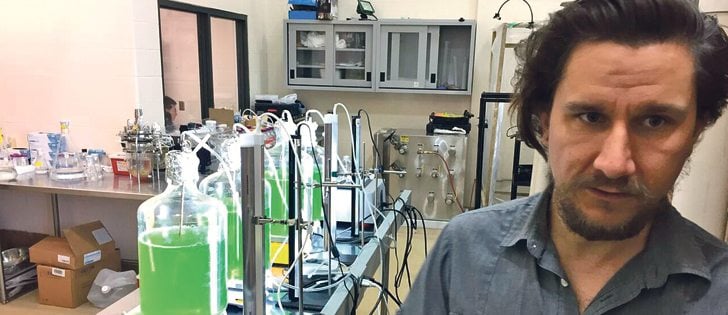Just when you were getting happy and optimistic about commodity prices, Dr. Doom comes to crash the party.
In my email basket this a.m. was a cheerless report from Nouriel Roubini, called Dr. Doom by many because of his calls before the crash for it to happen and since it began for it to go very deep and long, with his outfit’s views on the overall commodity outlook.
It’s not as bad as I feared. While he’s called Dr. Doom by the generally cheery, optimistic and usually wrong folks in the investment community – the ones who didn’t see the slump coming – he’s a good deal less bearish than some other analysts I follow. Roubini hasn’t been forecasting the apocalypse, but rather expects economic conditions to settle out somewhere near where we’re at today or a bit lower. For a few months he talked about the world going into an “L” shaped recession, in which the fall is vertically down and then the economy goes sideways for a long time. Now he’s modified that to call for it to be a “U” shaped recession. That is, a sharp drop, a long, flattish bottom bit, then a rise up out of it. But not a sharp rebound, like the hopeful hope for.
Read Also

Finding the sweet spot where ag science meets ag culture
Soon, many will look at practices such as seeding marginal acres to forage, growing cover crops and livestock integration and ask why they didn’t do this sooner.
So where do commodities go from here? Not up continually, his newsletter RGE Monitor says in a report out today. He thinks much of the overall increase in commodity values this year is a result of bargain-hunting, demand stabilizing – not increasing – and hopes that “green shoots” are appearing in the economy. That means they may have risen a bit too strongly and may settle back a bit, along with commodity based currencies like Canada’s that have risen on the recent commodity recovery.
But I’ll let him talk for himself. From RGE Monitor:
“Commodity prices seem to be getting ahead of fundamentals again. As of May 13, 2009, the Rogers International Commodity Index rose 7.6% since the start of 2009 on the belief that putative ‘green shoots’ around the world validated a V-shaped economic recovery in 2009. However, these ‘green shoots’ might still be a signal of the stabilization of economic activity at low levels, rather than a return to trend growth. Even if GDP growth around the world has bottomed, growth may continue to be negative or sluggish until 2011. As such, commodity price gains might reveal a false sign of economic recovery – and so might the recent spate of bear market rallies in stock markets and inflows into emerging markets. The strong uptrend in commodity prices since February has been propelled more by technicals (investment demand, opportunistic stockpiling at low prices) than fundamentals (real growth in physical demand and production).Commodity prices could snap back to reality before resuming a more moderate uptrend in line with a U-shaped global growth path. . .
Macroeconomic Implications
There are several macroeconomic implications of this recent increase in commodity prices. Commodity exporting economies and theircurrencies are, like commodities, vulnerable to a reversal of risk appetite. The green shoots which prompted the in rush into commodities have likewise prompted inflows to commodity exporters like Russia, South Africa as well as Australia and other commodity exporters. The U.S. dollar’s weakness has contributed to strengthening of both G-10 and EM commodity currencies. However, with global exports weak, the upward pressure on currencies is not particularly welcomed and some emerging market economies like Russia are intervening in foreign exchange markets, adding to their reserves. At current oil prices, the outlook and liquidity conditions are improved in many exporting economies, many of which like Norway,Saudi Arabia and Chile are deploying their past savings to meet current spending needs. However, even the current improvement in revenues may do little to avert the consumption slowdown in many of these economies.
The generalized increase in commodity prices across the board and in transportation fuels in particular poses the risk of choking off any global economic recovery. And although current production cuts and delayed investment may have only limited effect on prices in 2009, they could raise the risk of a significant price shock in 2010 which could send the economy back into weakness. Swift increases in commodity prices as we saw in 2008, tend to exacerbate recessions as well as worsen external balances in the U.S. and key oil importers and adding to the amount of capital needed to finance fiscal and financial support packages.















